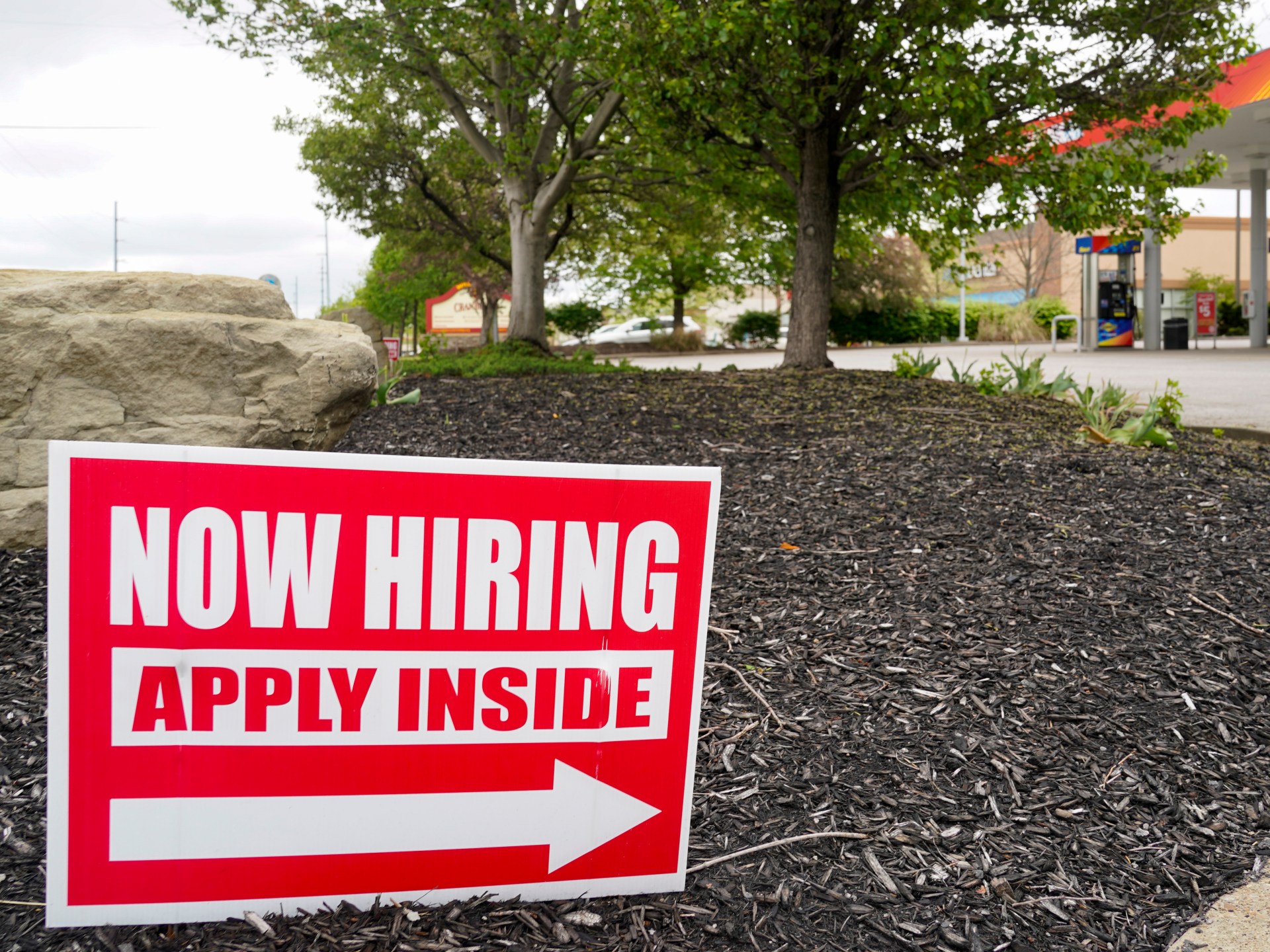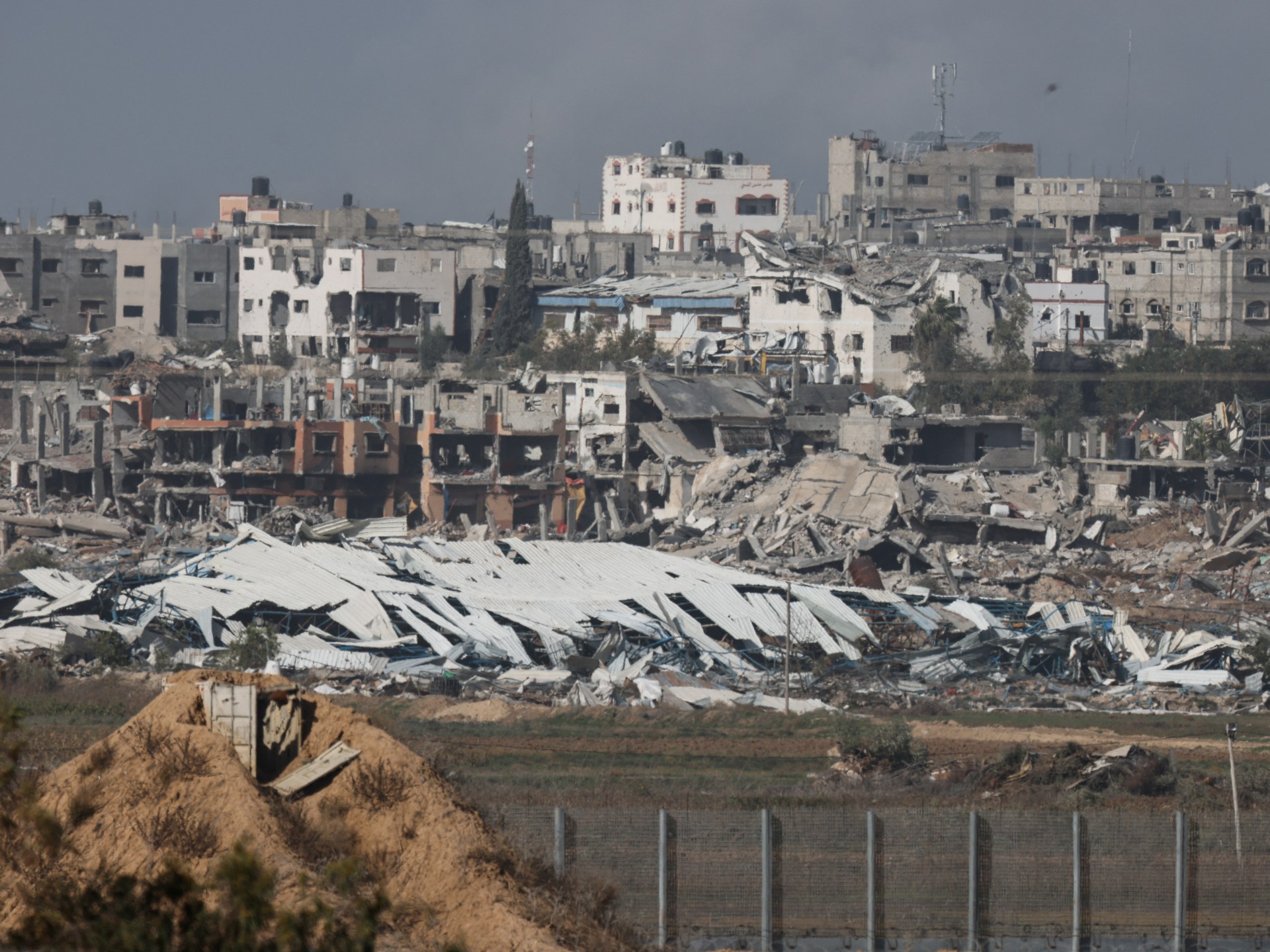‘Decades of failure’: Who has UK’s Grenfell Tower fire inquiry blamed? | Construction News
The Grenfell Tower fire, which killed 72 people in June 2017, was the result of “an unedifying merry-go-round of buck passing” and “systematic dishonesty and greed”, a damning, 1,700-page final report on the disaster, published on Wednesday, has concluded.
Inquiry chair Sir Martin Moore-Bick made a blistering public statement alongside the report’s publication, which comes more than seven years after the disaster, in which he highlighted a litany of failures by local council leaders, government, the fire service and the producers of the materials used to build and clad the tower block of flats.
The report included a list of recommendations which Moore-Bick said must be implemented to avoid a similar catastrophe occurring again.
Here’s more about the Grenfell Tower fire, as well as key takeaways from the final report:
When and how did the Grenfell Tower fire happen?
Just before 00:00 GMT on June 14, 2017, a fire broke out in a kitchen on the fourth floor of the high-rise residential building, located in the North Kensington area of London, which was built in the early 1970s.
The fire began in a Hotpoint fridge-freezer in the kitchen of flat 16, but rapidly spread on all four sides of the building. By 03:30 GMT, the entire building was engulfed in flames.
Rescue services were deployed and rescued 65 people from the 24-storey building ablaze.
The fire continued to burn for 24 hours, finally being extinguished on June 15 at 00:14 GMT. It has been described as Britain’s worst residential fire since the second world war.
Who were the victims of the Grenfell Tower fire?
Seventy-two people – 54 adults and 18 children – died in the fire.
In his concluding comments on Wednesday, Moore-Bick said: “All who died were overcome by toxic gases released by the fire … We are satisfied that all those whose bodies were damaged in the fire were already dead by the time the fire reached them.”
What are the key findings from the Grenfell final report?
- “All 72 deaths were avoidable”, said Moore-Bick, in a speech accompanying the final report. He added that those who died were badly failed. He read out the 72 names
- The government, then led by Conservative Prime Minister Theresa May, had failed to act on warnings about combustible cladding which had been used on the building. Moore-Bick dismissed some of the evidence given by Eric Pickles, the former Conservative minister from 2010 to 2015, and one of a dozen people singled out for criticism, who was described as an “ardent supporter” of deregulation.
- “Decades of failure” by UK governments from 1991 to 2017 onwards have failed to address the problem of flammable cladding which has routinely been used in the construction of buildings. Governments had “failed to amend the statutory guidance on the construction of external walls”, Moore-Bick said, despite knowing about the dangers of the cladding as early as 1991.
- The Royal Borough of Kensington and Chelsea (RBKC), the local council, also allowed the use of dangerous construction materials that caused the fire to thrive. It also failed to provide adequate support to victims of the fire, Moore-Bick said. Residents who lost their homes in the fire “were badly let down by the organisations that should have provided support”. In the end, it fell to charities and local community groups to provide shelter and food to the victims in the immediate aftermath of the fire, he noted.
- The Tenant Management Organisation (TMO), the public body governing the building, sought to cut costs by using the dangerous cladding.
- “Incompetent companies” such as Studio E and Harley Facades were involved in the refurbishment of the tower in 2011, the report said. Moore-Bick singled out architects and contractors for criticism.
- “Chronic lack of effective management and leadership” in the fire service was also to blame, the report said. It said the London Fire Brigade (LFB) was not effectively managed and led. LFB should have learned from a previous instance of a fire in a high-rise building – the Lakanal House fire in July 2009 – but it did not prepare for any future fires and did not change its “stay put” policy towards people inside burning buildings.
- “Unscrupulous” building companies were dishonest about their products: Celotex, Arconic Architectural Products and Kingspan were all singled out in the report.
- From 2005, Arconic, which made the Reynobond 55 PE cladding panels “deliberately concealed” the safety risk and had data showing it reacted to fire “in a very dangerous way”.
- Kingspan made the “false claim” that its K15 product could be used on high-rise buildings safely, the report found. Tests in 2007 and 2008 on systems incorporating K15 “were disastrous” but Kingspan did not withdraw the product. Kingspan “cynically exploited” the industry’s lack of detailed knowledge about fire tests, the report said.
- Celotex was found to have tested its insulation with non-combustible cladding, using fire-resistant boards, but this was not detailed in the test report.
- Moore-Bick said there was “systematic dishonesty” in the testing and marketing of materials used and a “deliberate manipulation of testing systems” to get unsafe products past safety measures.
- In his nearly hour-long statement, Moore-Bick used the words “fail”, “failure” or “failing” almost 30 times.
How have victims responded to the report?
After the final report was published, Natasha Elcock, a survivor of the fire and a leader of the Grenfell United, a group comprising survivors and families of victims, spoke to the media.
Elcock said residents had been marginalised due to the “greed and profiteering of an industry that has been under-regulated for decades”. She cited a “lack of competence, understanding and a fundamental failure to provide the basic duty of care” and highlighted the report’s finding that the London Fire Brigade had known of the dangers of the cladding but did nothing to prepare for a fire.
“Government outsourced their duties,” she added. “Providers fraudulently and knowingly marketed their products as safe,” she said, adding that the tragedy was the result of “greed, corruption, incompetence and negligence”.
Ed Daffarn, another of the survivors of the fire, blamed the culture of deregulation spearheaded by the previous Conservative government for the disaster. He called for criminal prosecutions to be carried out “without delay” in order to ensure justice for the victims.
In his statement, Moore-Bick praised the bravery of victims and witnesses who had given evidence to the inquiry.
Why has it taken so long for the report to come out?
Moore-Bick acknowledged in his statement that it has taken seven years for the inquiry into the disaster to be concluded because of the number of failings it uncovered and the time it has taken to investigate them all.
“As the investigation progressed, it uncovered many more matters of concern,” he said.
Furthermore, some 250 people and organisations have been singled out for criticism in the report. As a result, publication of the report was delayed from earlier in the summer to allow time to inform them all.
Are people being investigated or prosecuted?
Nineteen organisations and 58 people are currently under investigation over their roles in the events which led to the Grenfell Tower disaster.
However, the Metropolitan Police and Crown Prosecution Service said prosecutions will begin only in late 2026 because of the “scale and complexity” of the inquiry, the BBC reported.
“It’s now on to you to deliver justice,” Elcock told them at the end of her statement on Wednesday.
What is cladding?
In construction, cladding refers to the application of one material over another. It is typically used to provide thermal insulation, protect buildings from harsh weather effects or improve the appearance of a building.
The cladding applied to the Grenfell Tower comprised aluminium composite material (ACM) panels. ACM panels comprise three layers – a polyethylene (PE) core sandwiched between two pre-painted aluminium sheets. PE is a highly flammable material.
The cladding was added to Grenfell Tower during its refurbishment that concluded in 2016.
Guillermo Rein, an engineer and professor of fire science at Imperial College London, was quoted by Reuters saying that ACM causes a spread in the fire because the aluminium layers peel off, exposing the combustible PE core to the fire.
At the end of July this year, 4,630 residential buildings in the UK, which were 36 feet (11 metres) or higher, were identified as having unsafe cladding, according to a government report.
What recommendations does the report make?
The report made 58 recommendations to overhaul the “seriously defective” regulation of the construction industry refurbishment of high-rise buildings.
Key recommendations include:
- “Defragmentation” of the construction sector, bringing the different wings of the industry under a single regulator. The regulator should be required to check products for legal and industry standard compliance.
- New legislation and guidance to improve industry practices, including independent assessment and certification of construction products.
- A new national fire and rescue body which would provide education and training. All fire test inspection results to be reviewed by this body.
- Unity of fire safety functions under one government department and a single secretary of state.
- Independent inspection of the London Fire Brigade.
- Better training for architects in fire safety standards.
Speaking in the House of Commons following publication of the report, Prime Minister Keir Starmer promised “radical action” by the government to ensure the recommendations are implemented and that such a disaster could never happen again.
He issued an apology to victims and the bereaved “on behalf of the British state”. “You’ve been let down so badly,” he said.
Check out our Latest News and Follow us at Facebook
Original Source




